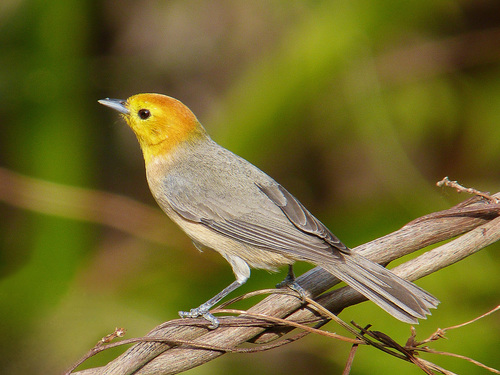
Orange-headed Tanager
The Orange-headed Tanager, with its vivid orange crown, thrives in South American forests. These lively, social birds flit through foliage, aiding seed dispersal while foraging. Their vibrant plumage and energetic flocks make them a captivating sight for bird enthusiasts.
3.7 years
Lifespan
13.899999999999999 - 19.0 g
Weight
Length: 13 cm
Size
Grey, Yellow, White, Orange, Sandy
Color
Least Concern
Conservation Status
Stable
Population Trend
Characteristics
Thlypopsis sordida, commonly known as the Orange-headed Tanager, inhabits subtropical and tropical forests in South America, particularly near water bodies. It is recognized for its striking orange head and olive-brown body. These social birds often move in flocks and play a vital role in seed dispersal.
Distribution Range of the Orange-headed Tanager
Thlypopsis sordida, commonly known as the Orange-headed Tanager, is native to South America. Its geographical distribution spans across several countries including Brazil, Bolivia, Peru, Ecuador, Colombia, Venezuela, and Paraguay. It is predominantly found in the Amazon Basin and its peripheral regions, extending into the Guianas and parts of the Andes foothills.
Orange-headed Tanager's Habitat
Environmental Conditions
The Orange-headed Tanager typically inhabits tropical and subtropical forests, particularly favoring humid environments. It is often found in secondary growth forests, forest edges, and areas with dense shrubbery. The species thrives in regions with abundant rainfall and warm temperatures, typically ranging from lowland to montane forests up to 2,000 meters in elevation.
Ecological Niche
Ecologically, Thlypopsis sordida plays a role as both a seed disperser and insectivore. It feeds on a variety of fruits, seeds, and insects, contributing to seed dispersion and the control of insect populations. The bird is often observed in mixed-species flocks, which aids in its foraging efficiency and protection from predators.
Copyright @ Nature Style Limited. All Rights Reserved.
 English
English